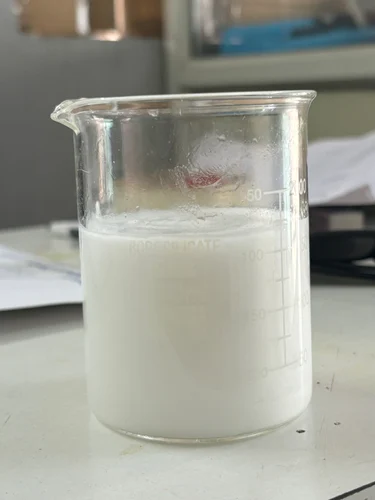Defoamer for Cementing
What is a Defoamer for Cementing?
Defoamer for cementing is a chemical additive used in oil and gas well cementing operations to control and eliminate foam formation in cement slurries. Foam can be introduced during mixing or pumping due to air entrainment, the use of surfactants, or agitation. Excess foam can reduce slurry density, interfere with accurate volume measurements, and negatively impact the strength and consistency of the set cement.
Cementing defoamers are typically composed of compounds such as silicone-based oils, glycols, alcohols, or fatty acid derivatives, which reduce surface tension and destabilize foam bubbles. These defoamers work by breaking the air-liquid interface in the slurry, allowing trapped gases to escape more easily and preventing the formation of stable foam.
In high-speed mixing systems or when using additives that promote foaming, defoamers are essential to maintain slurry integrity and improve pumpability. They are compatible with most other cement additives and function effectively across a wide range of temperatures and pressures.
Defoamers also help reduce the risk of gas migration, enhance slurry placement accuracy, and support effective zonal isolation. They are used in both surface mixing and downhole applications.
Though generally considered safe, some defoamers may cause irritation upon prolonged contact. Proper storage and usage according to manufacturer guidelines are recommended.
USES AND APPLICATIONS
INDUSTRIES
Defoamers for cementing are widely used in:
- Oil and gas well cementing to reduce foaming during mixing
- High-speed slurry preparation systems
- Applications with surfactant-rich additive systems
- Deep and high-pressure wells requiring accurate slurry placement
- Preventing air entrapment in lightweight or extended cements

